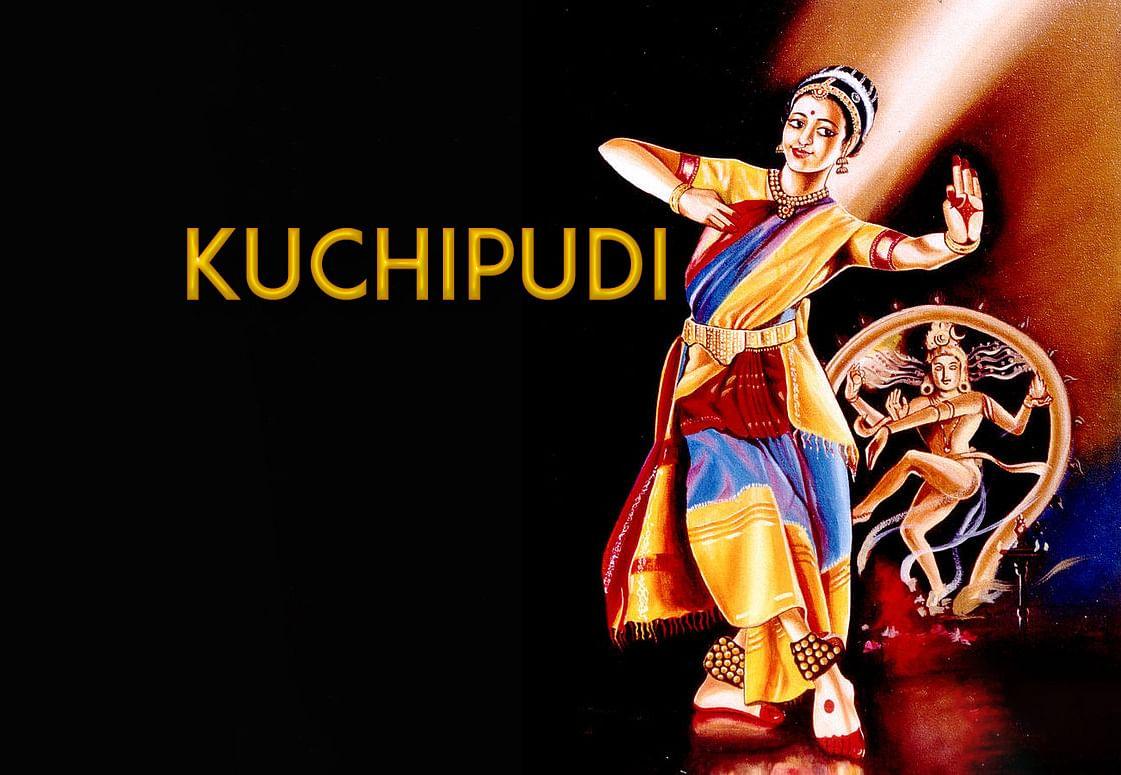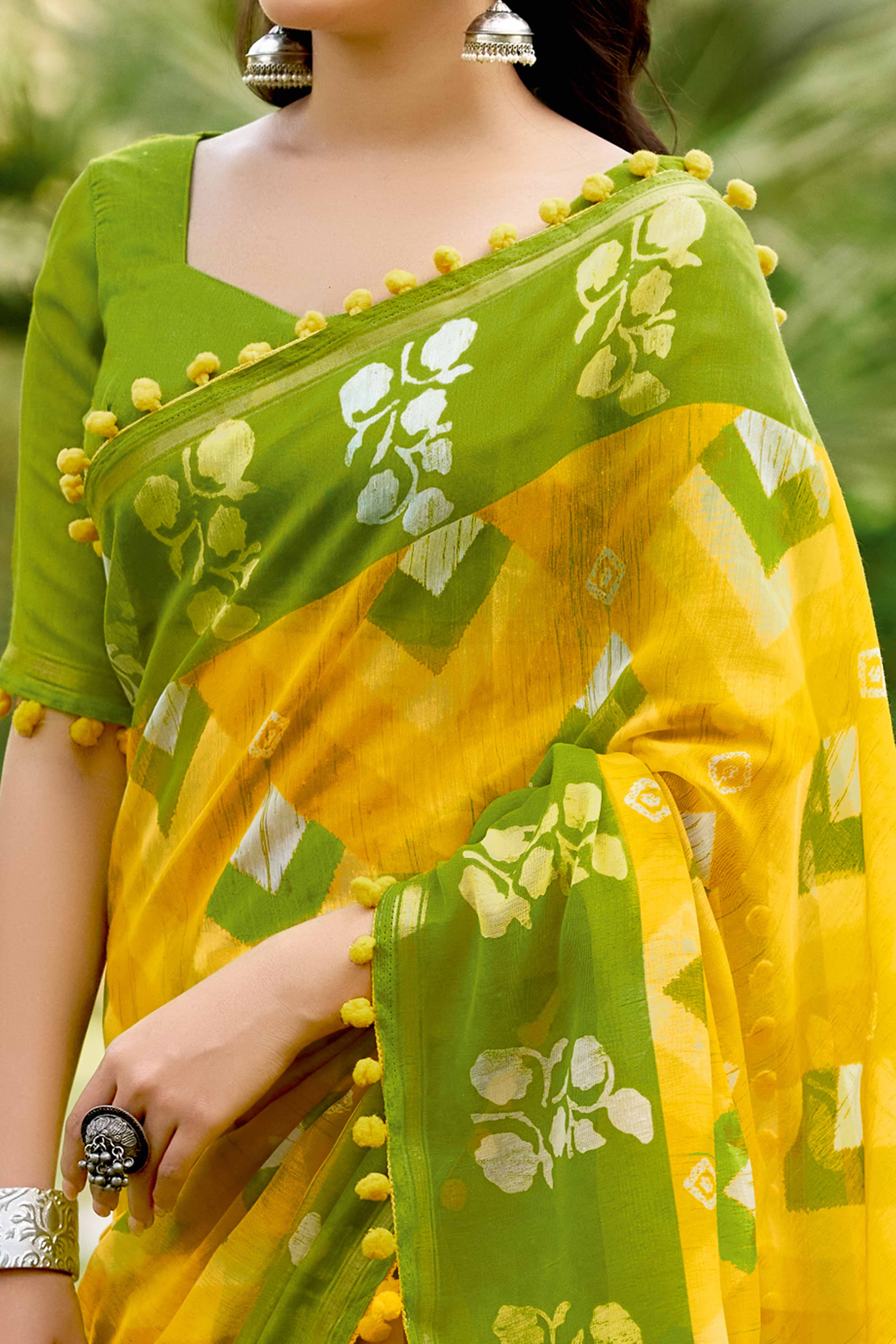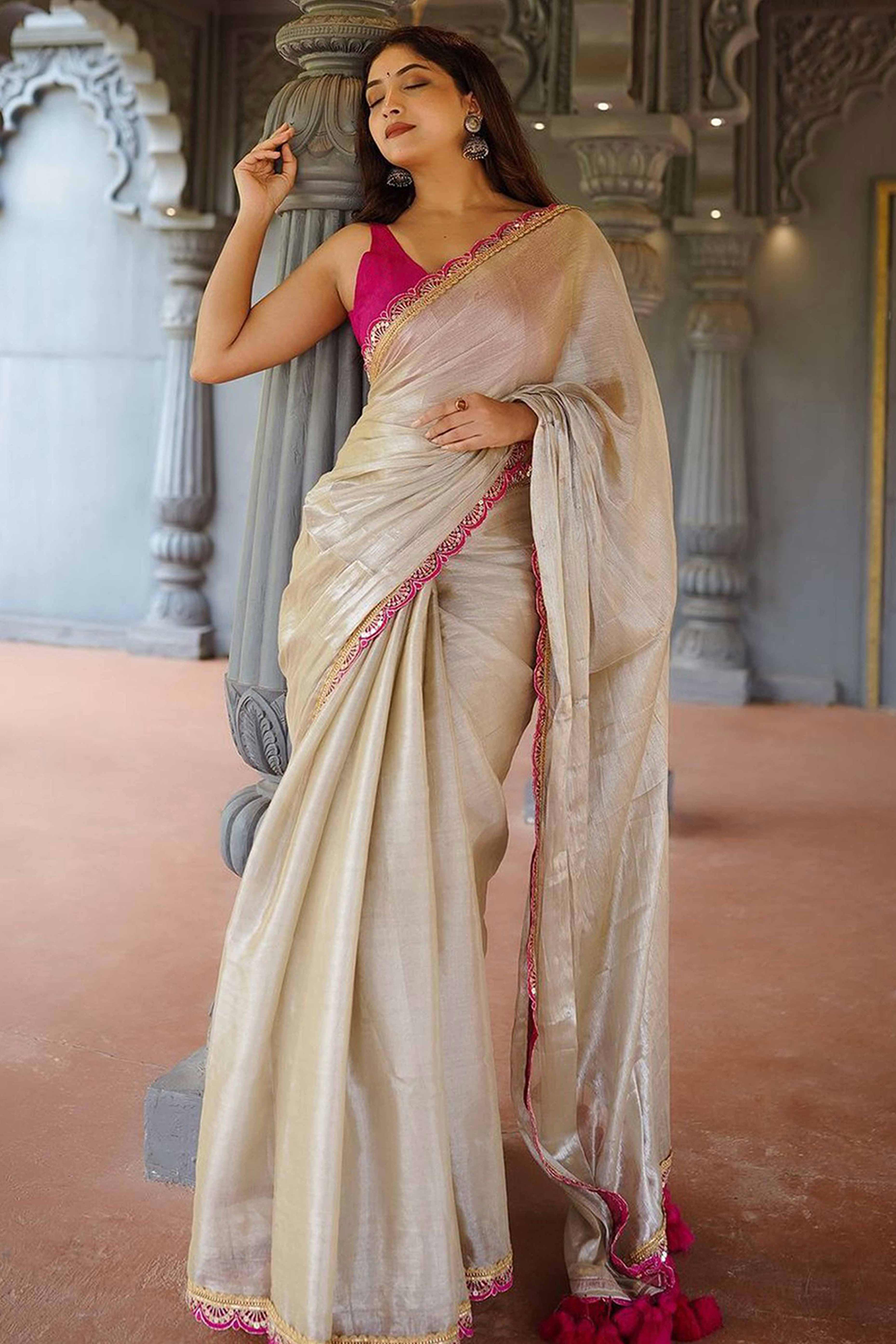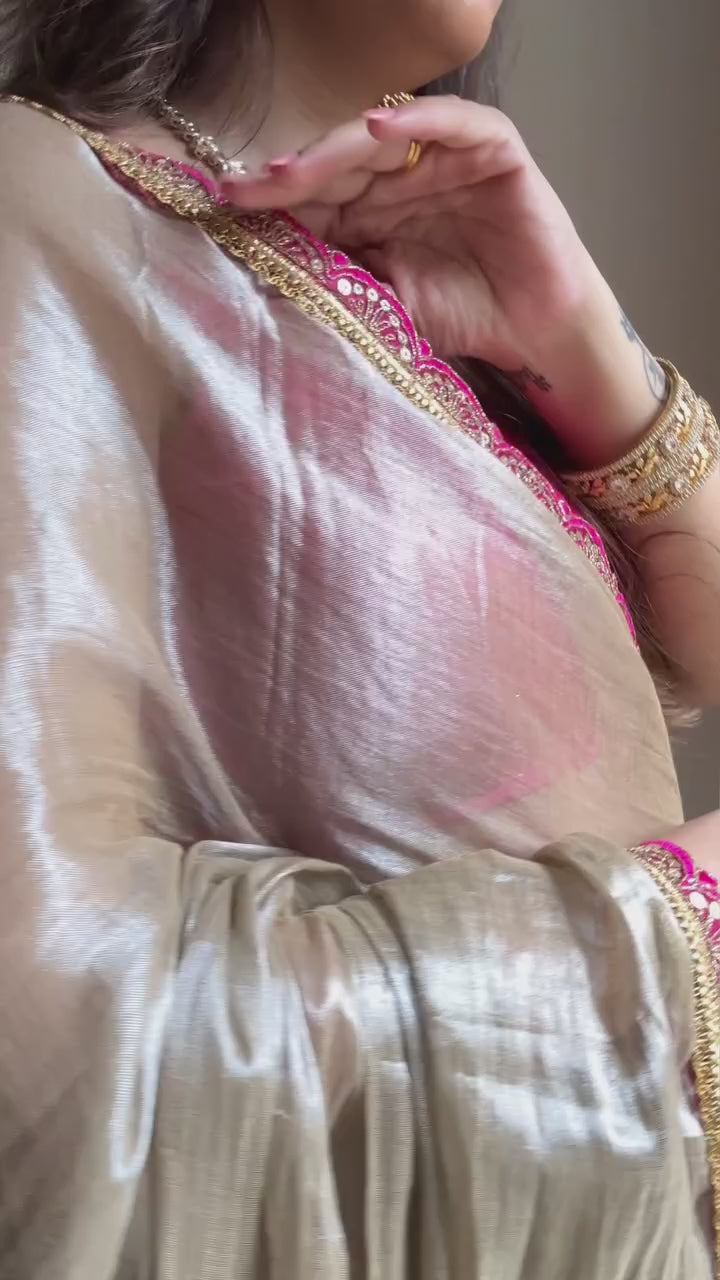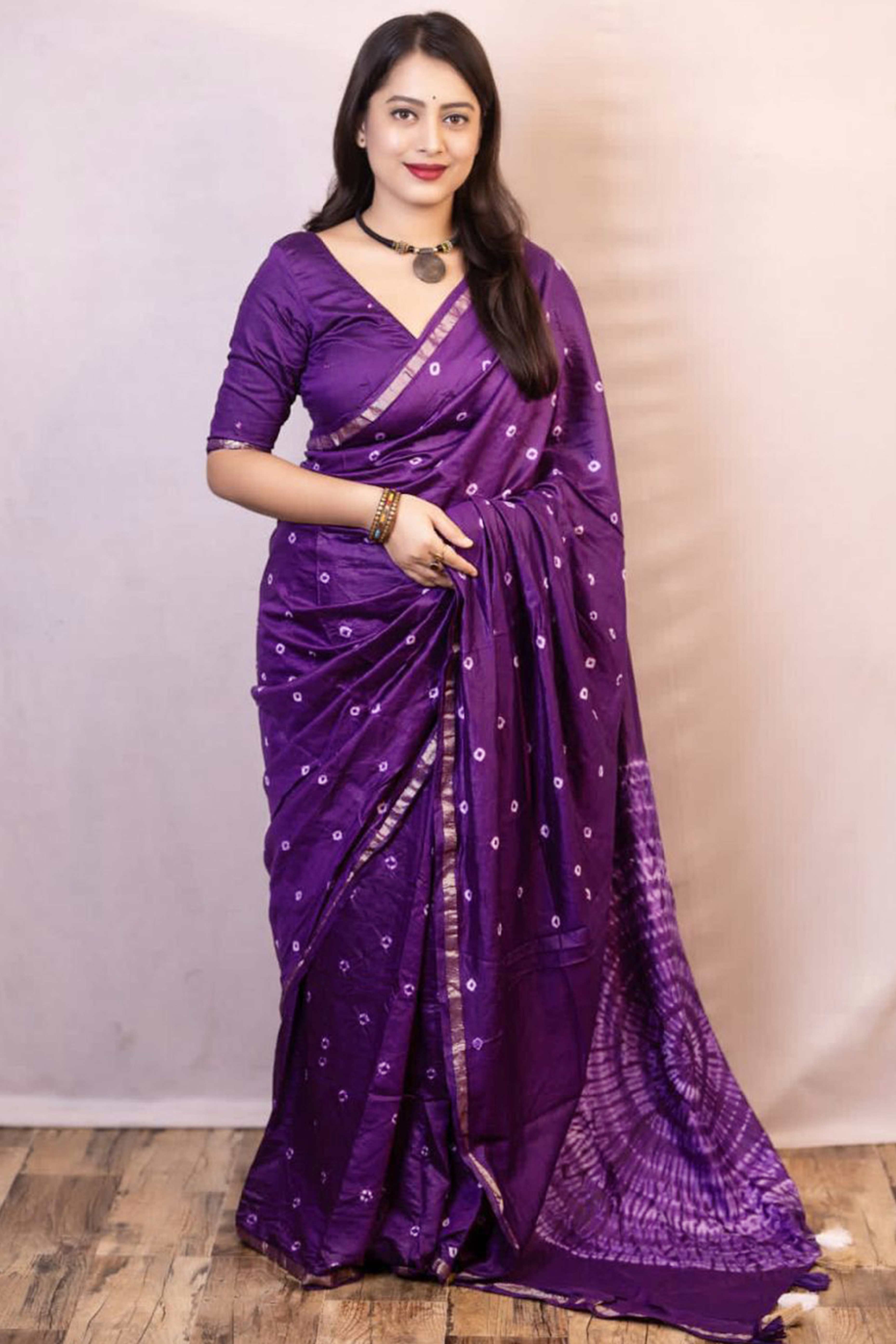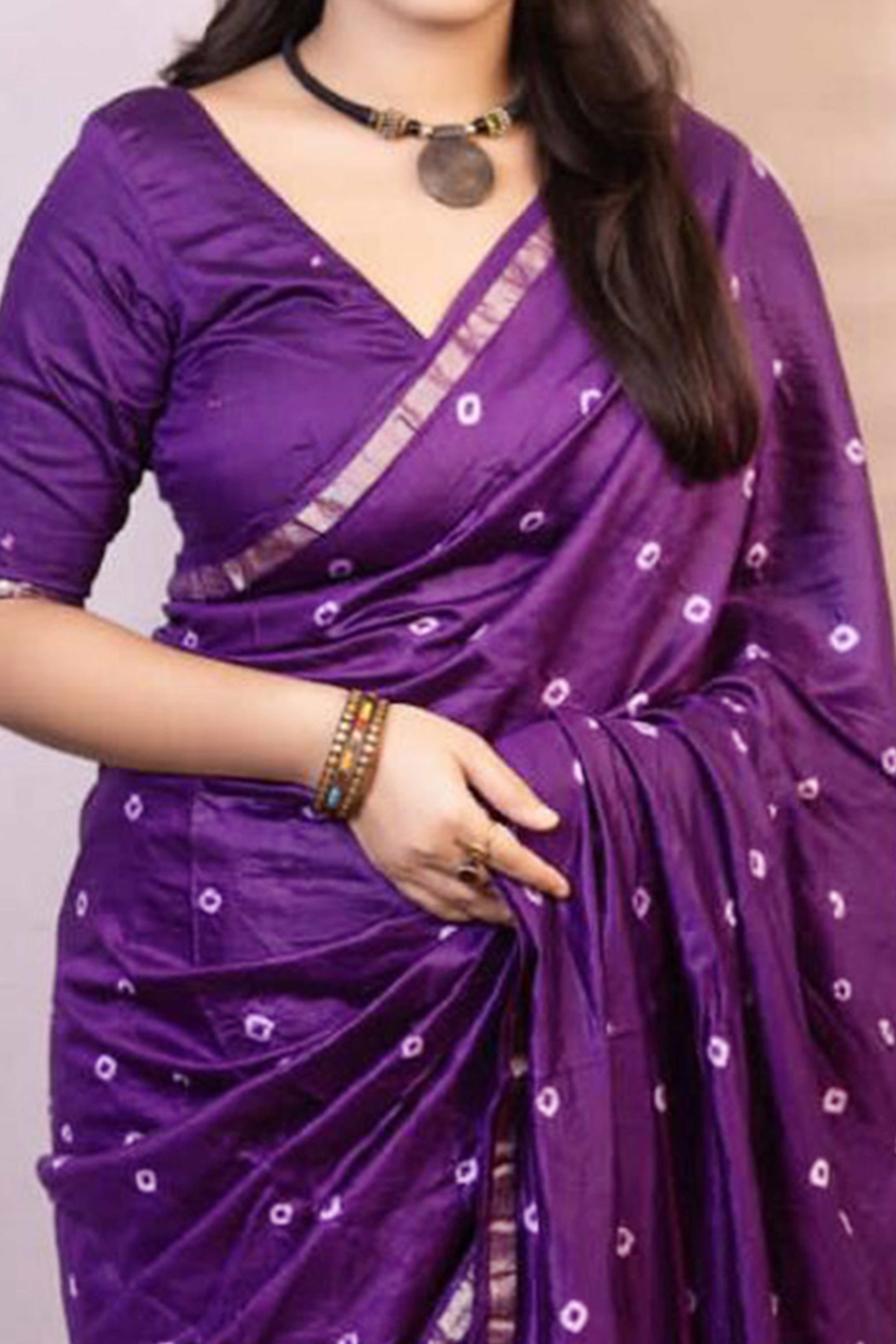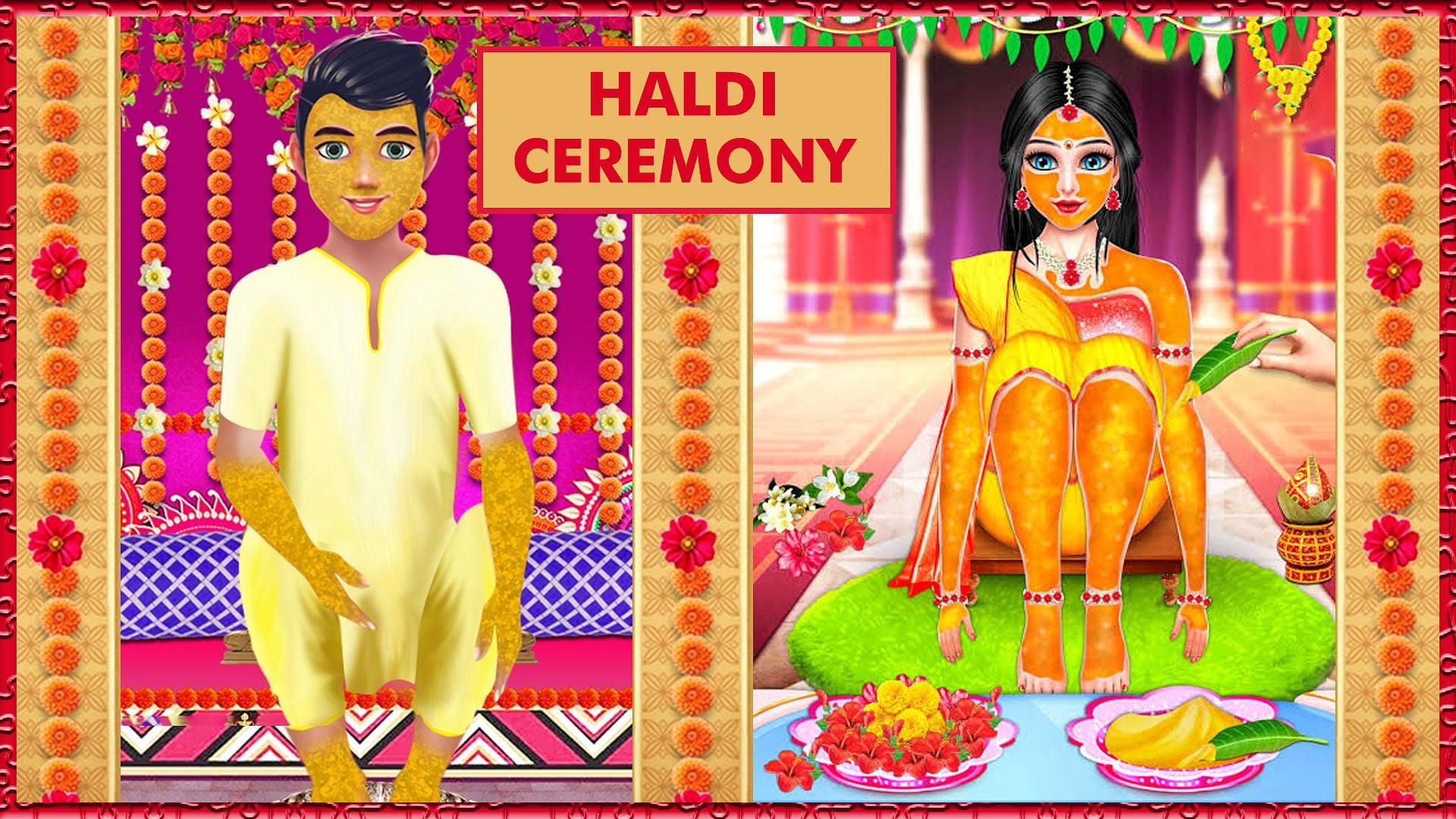Kuchipudi is among the top leading classical dance forms of India. This dance form is indigenous to Andhra Pradesh, the south Indian state of India. It is different from the other classical dance forms of the country in that this dance form includes singing as well as part of its native dance form.
The Kuchipudi Legend
The story goes that a talented Vaishnav poet of the 17th century, Siddhendra Yogi once had a dream where Lord Krishna asked him to compose a dance drama based on the myth of the bringing of paarijaata flower for Sathyabhaama who was one of his queens. To act upon his dream, Siddhendra composed the Bhaamaakalaapam. Siddhendra Yogi initiated young Brahmin boys of Kuchipudi village to practice and perform his compositions particularly Bhaamaakalaapam. The dance form took its name after the village and came to be known as Kuchipudi dance since.

The followers of Siddhendra Yogicame about with several plays to keep up the tradition of Kuchipudi dance and give it a dance-drama effect. It was Lakshminarayan Shastry (1886-1956) who introduced many new elements including solo dancing and training of female dancers in this dance style to further expand the popularity and
The Kuchipudi dance begins with the recital of Ganesh Vandana or other invocatory hymn of Gods. Other characteristic parts of the dance form are nritta, dashaavataara, jatiswaram, kalaapam, praveshadaaru, nrityaabhinaya and so on.
One distinct style of Kuchipudi is shakatavadnam where the dancer typically stands on a brass plate and moves the plate in rhythmic fashion as they dance.

Fate of Kuchipudi During Colonial Rule
The Deccan kingdom patronized this art form and it flourished beautifully in the 16th century. But with the invasion of the Mughal rulers, they heavily supressed this and all other dance forms and banned their practice in public. Many artists and musicians had to flee the place and Kuchipudi saw a steep downfall in its popularity. Aurangzeb was absolutely against any practices meant for entertainment of the public and made it a point to get people punished who were engaged in such activities.
However, post the demise of Aurangzeb, Kuchipudi too along with other dance forms revived a bit. The subsequent decline of the Mughal empire thereafter further instrumented the revival of Kuchipudi.
But with the colonial rule in India, the dance forms again bore the brunt of the British who discouraged any such practices and completely banned such activities. The Kuchipudi dance performances in Hindu temples in South India too saw a downfall.
Revival of Kuchipudi
Many socialists took it upon themselves to stand up to this discrimination where Hindu artforms were banned. With the freedom movement gaining momentum, numerous social revivalists diligently worked towards bringing back these heritage art forms. Of them, Lakshminarayan Shastri was instrumental in reviving Kuchipudi substantially. Many Western artists who’d come to India to study the Indian art and culture voluntarily became a part of this revival movement and brought back the dance to the masses.
Must Read: Best Blouse Designs for your Silk Sarees
Costume
The female dancer categorically wears a pleated saree that has fan like pleats attached in the front which open beautifully as the dance unfolds. The male dancer usually wears a dhoti. The make up for both male and female dancers is light and is accompanied with traditional south Indian jewellery. For certain dance acts, props are also used.
The female dancer also adorns a waistband around her and the characteristic ghunghroo.

Music
The Kuchipudi performance includes a Sutradhara or Nattuvanar who narrates the entire performance. He recites the musical syllables and uses cymbals to produce rhythmic beat. The story or spiritual message is sung either by the conductor or another vocalist or sometimes by the actor-dancers. The musical instruments usually include cymbals, mridangam, tambura, veena and flute.
Kuchipudi Exponents
Imminent Kuchipudi dancers include internationally famed dancing couple, Raja and Radha Reddy, their daughter Yamini Reddy, Kaushalya Reddy, Bhavana Reddy, daughter of Raja and Kaushalya Reddy, Lakshmi Narayn Shastri, and Swapana Sundari and numerous other noted dancers.
Indrani Bajpai and Yagini Krishnamurthy are the two main names behind popularising Kuchipudi and expanding it on an international platform and successfully conserving this beautiful traditional and culturally rich dance form of India.




